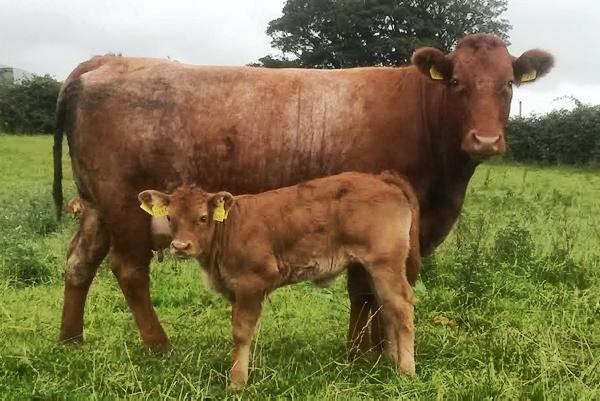Calving started on this farm two weeks ago and, to date, almost a quarter of the herd has calved. Each year I aim to start calving the Autumn herd in the middle of August, and calve through until the end of October.
I find Autumn calving suits my system better, as I can have the cows artificially inseminated while housed indoors during the winter. Autumn calving allows the calves to graze more grass during the following summer while also bringing weanlings to a heavier weight before sale.
This week I received my Beef Calving Report from ICBF Herdplus. This report covers the period July 2013 to June 2014. Basically the report outlines a number of key performance indicators and statistics from last year's calving period, and compares my figures to the national average.
Calving interval
Overall, I would be happy enough with my figures. However, there are always areas to improve on. Calving interval was at 383 days, compared to the overall national average of 412 days.
I hope to bring this figure nearer to 365 days, and based on expected calving dates for this year, the figure is likely to be within 367 days. The report also shows that I managed one calf per cow in the period and that 29% of heifers calved were between 22 and 26 months.
Calving heifers younger is something I have been working on the last couple of years. While not always getting it right, I aim to bull heifers at 15 months and over 420 kgs.
Using ICBF bull search to research bulls available, I pick out easy calving Limousin and Salers sires for use on the heifers. So far this year all heifers have calved unassisted, which I am hoping will continue for the rest of the year.
ICBF
I find ICBF.com a great resource for farmers like myself. From calving reports to slaughter reports and €urostar reports, there is a world of information available online. A lot of this information is generated by farmers themselves inputting data to the system.
At this time of year, I am using ICBF.com to keep an eye on expected calving dates, while at the same time recording data that is useful to ICBF.
Once a cow is calved and the calf is registered, I am recording birth weight, measurements and size of the calf on the ICBF website. By more farmers recording this data, ICBF will be able to generate more reliable €urostar indexes, which in the long run should lead to a more profitable national herd.
Of course all of the above, regarding ICBF.com, depends on having a reliable broadband internet connection, which, for many rural dwellers is not always the case.






 This is a subscriber-only article
This is a subscriber-only article







SHARING OPTIONS: